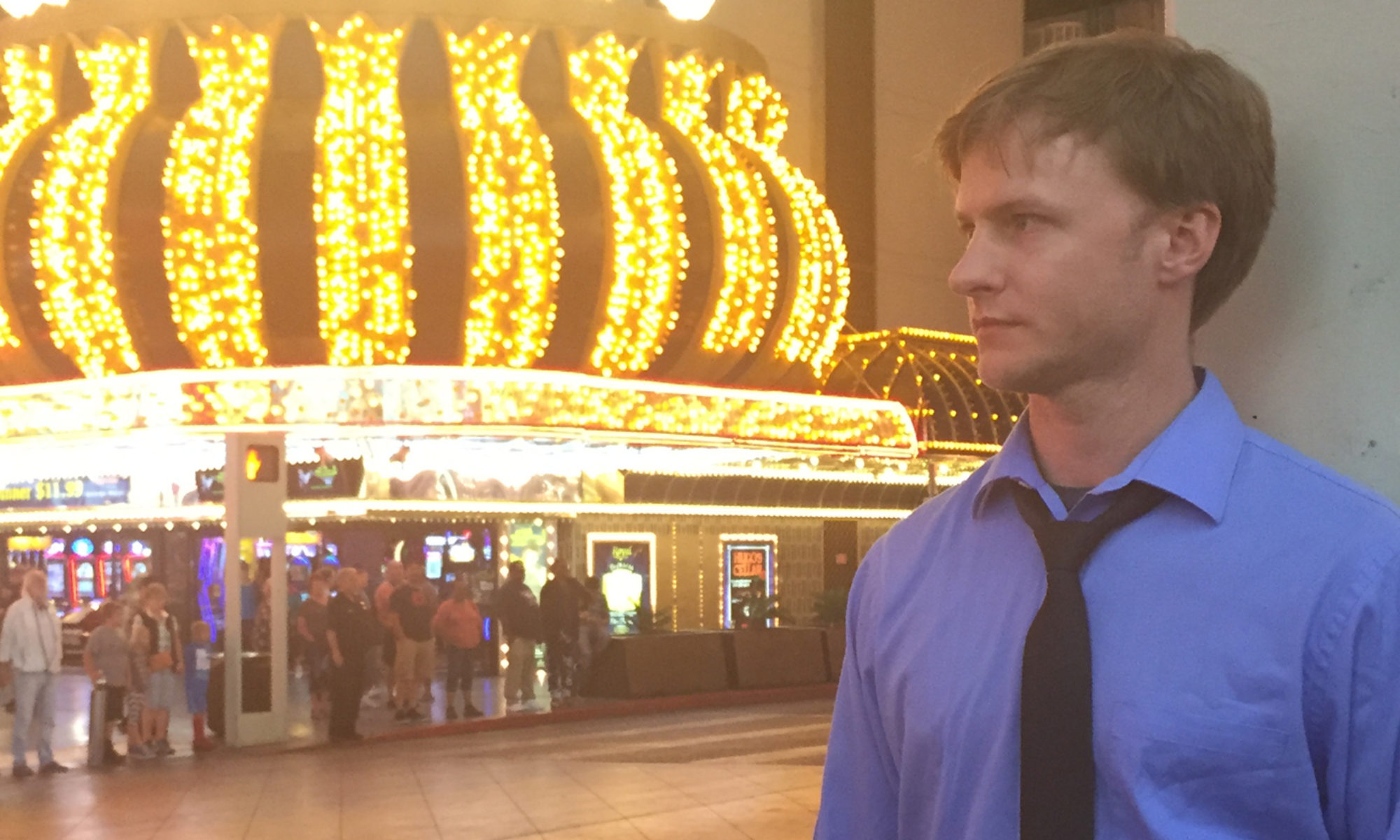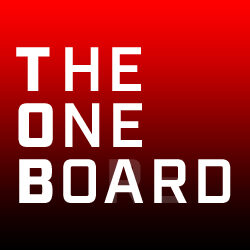This installment of The One Board originally appeared in Bowlers Journal International, November, 2020
It’s been a tumultuous year for bowling in every aspect, starting with the most fundamental: whether or not bowling centers are open at all. Without bowling centers, there’s no recreational, league, high school, collegiate or professional bowling. If people aren’t bowling, they’re not buying equipment, which to some is even harder to endure than not bowling. Plus, if we’re not paying sanction fees, we’re simultaneously deprived of being able to complain about the cost while also suggesting we pay an extra dollar to be passed directly to Jason Belmonte for some reason.
Still, it’s Thanksgiving month in the United States, Norfolk Island, Brazil, Liberia, the Netherlands and the Philippines, so it’s a good time to reflect on all we have rather than all we don’t. Residents of Canada, Grenada and St. Lucia have been ruminating on gratitude for a full month already, but that’s no reason for them to stop. Even if you’re from a country that doesn’t celebrate Thanksgiving, you can still be grateful, just as you retain eligibility for the Bowlers Journal All-American Team.
Despite any troubles the sport has had this year, there are still plenty of things to appreciate, especially as many leagues have resumed in some capacity and the PBA has been on TV so much lately, showing us bowling still exists and the best players are still absurdly good at it.
Regarding the PBA telecasts, we all should be thankful for the reminder that constant crowd noise does not hinder the bowlers’ ability to focus, as we saw during PBA League, World Series of Bowling XI and PBA Playoffs competition. Before the world shut down, we packed the bowling centers with as many fans as we could under the easy-to-follow caveat that they were to be inert as statues and silent as Marcel Marceau. Now, we don’t let anyone in the building but instead pump crowd noise onto the lanes. By combining the best parts of these two scenarios—once we’re able to do so—perhaps we’ll have fans in the building making real sports noise during sporting events. As long as the fans don’t stop once they start or start once they stop, they shouldn’t have to worry about being berated by the professional athletes they paid to see.
Pro bowlers are thankful for the fans who, although not allowed in attendance at the events, continue to engage with the pros on social media, whether by liking a photo, asking what ball the pro is throwing or staring at daily bowler-hosted talk shows, (im)patiently waiting for the day they can once again attend A-Squad qualifying.
Likewise, fans are thankful for the bowlers who continue to generate content and interact, at least partially satiating the fans’ desire to watch competitive bowling.
Hematologists are thankful for PBA League competition. In the absence of high-fives, the players spent two hours every night smashing their forearms against their teammates’ forearms, saturating their bodies with deep, painful bruising. The hematologists are grateful for the uptick in business as well as the chance to meet some of their favorite players.
Non-American players are thankful for the athlete waivers that got them into the United States for the recent professional competition. The waivers assure us the players are trustworthy and healthy by virtue of possessing a very specific skill. We remain skeptical of their non-athlete neighbors. This makes sense, because no matter the situation in the world, we should always be wary of someone who doesn’t know how to get his ball to the spot.
As always, youth bowlers are simply thankful for bowling. They don’t yet know that the guaranteed first-place check in an amateur tournament is not guaranteed, nor that changes in humidity will benefit every bowler in the field except themselves, nor that pre-practice practice might be the difference between winning and losing. They just like to bowl. Take them bowling.
Happy Thanksgiving, bowling fans and bowlers.

